From rainbow lakes and trees to glowing waters around the world, our planet is filled with so many unique and wacky wonders. When an overcrowded museum or park simply won’t do, add a unique travel destination to your itinerary. Here are a few of our favorite weird, wacky, and wonderfully unique travel destinations around the world.
Lake Hillier, Australia
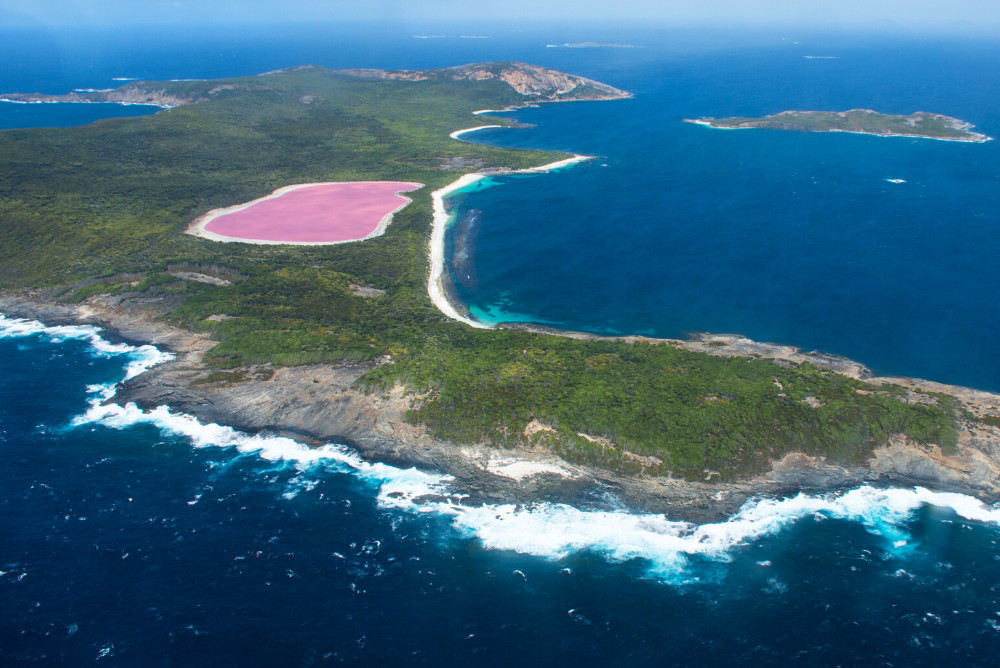
Lake Hillier in Middle Island, Recherche Archipelago has been a sight to behold since this perfectly pink place was discovered by Matthew Flinders in 1802. At just 1,968 feet wide, Lake Hillier is separated from South Ocean by a strip of sand. Some think the lake’s high level of salinity causes the pink hue, but the actual cause is inconclusive. Either way, this unique travel destination can only be viewed via scenic flight tours.
Thingvellir National Park, Iceland
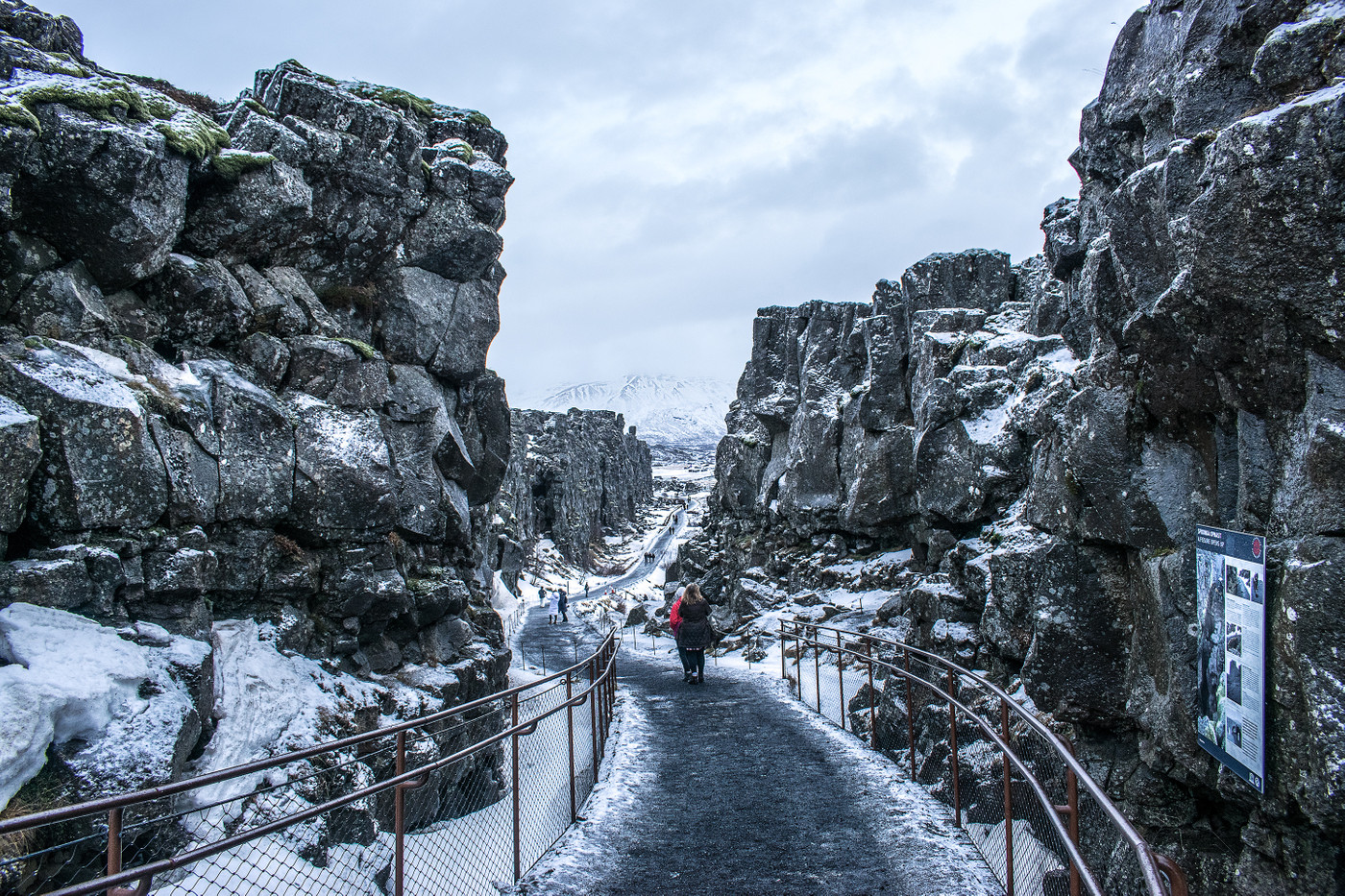
Visitors to Thingvellir National Park in Selfoss, Iceland can stand on the fissure between the European and North American continents or the more adventurous can snorkel in glacial waters between the two continental tectonic plates. Either way, the experience is cool—literally and figuratively— and hits our list of best things to do in Iceland.
Spreuerhofstraße, Germany

You’ll have to imagine what it’s like to stroll down the world’s narrowest street as it’s barely one foot wide. The 65-foot Spreuerhofstraße in Reutlingen, Germany is more like an alley tucked between several 18th-century homes. But placards on either side let you know you’ve come to the right spot so that you can say that you’ve been to the world’s narrowest street.
The Qinghai-Tibet Railway, China
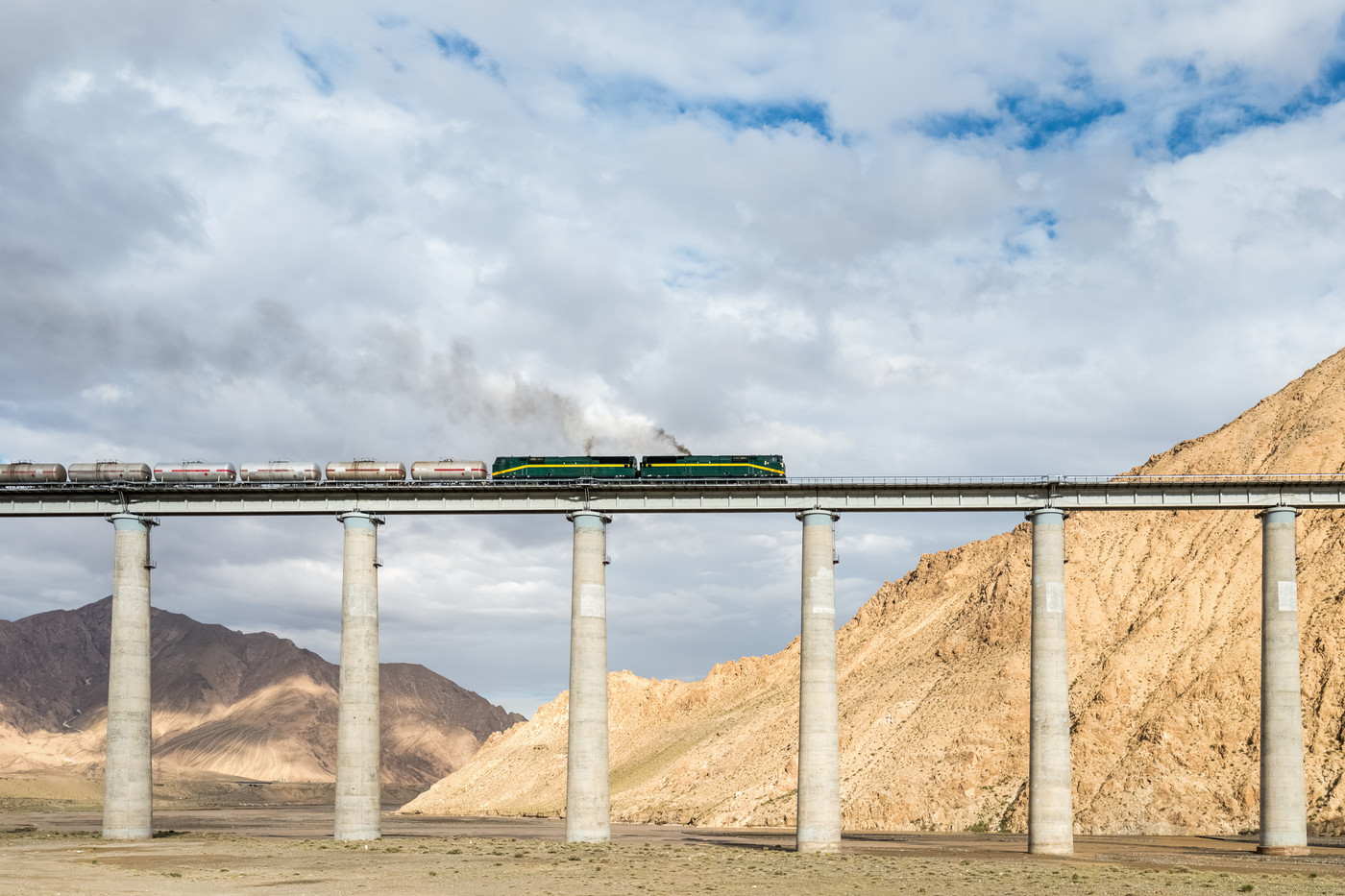
During the two-day, 2,334-mile journey from Beijing to Lhasa, travelers pass through eight provinces along the Qinghai-Tibet Railway: the world’s highest railway. But one of the highlights is the ride along the highest point of any railway in the world: Tanggula Pass, which is at 16,640 feet. Because of its impressive height, this unique travel destination takes spot #19 on our list of the best things to do in China.
Luray Caverns, Virginia
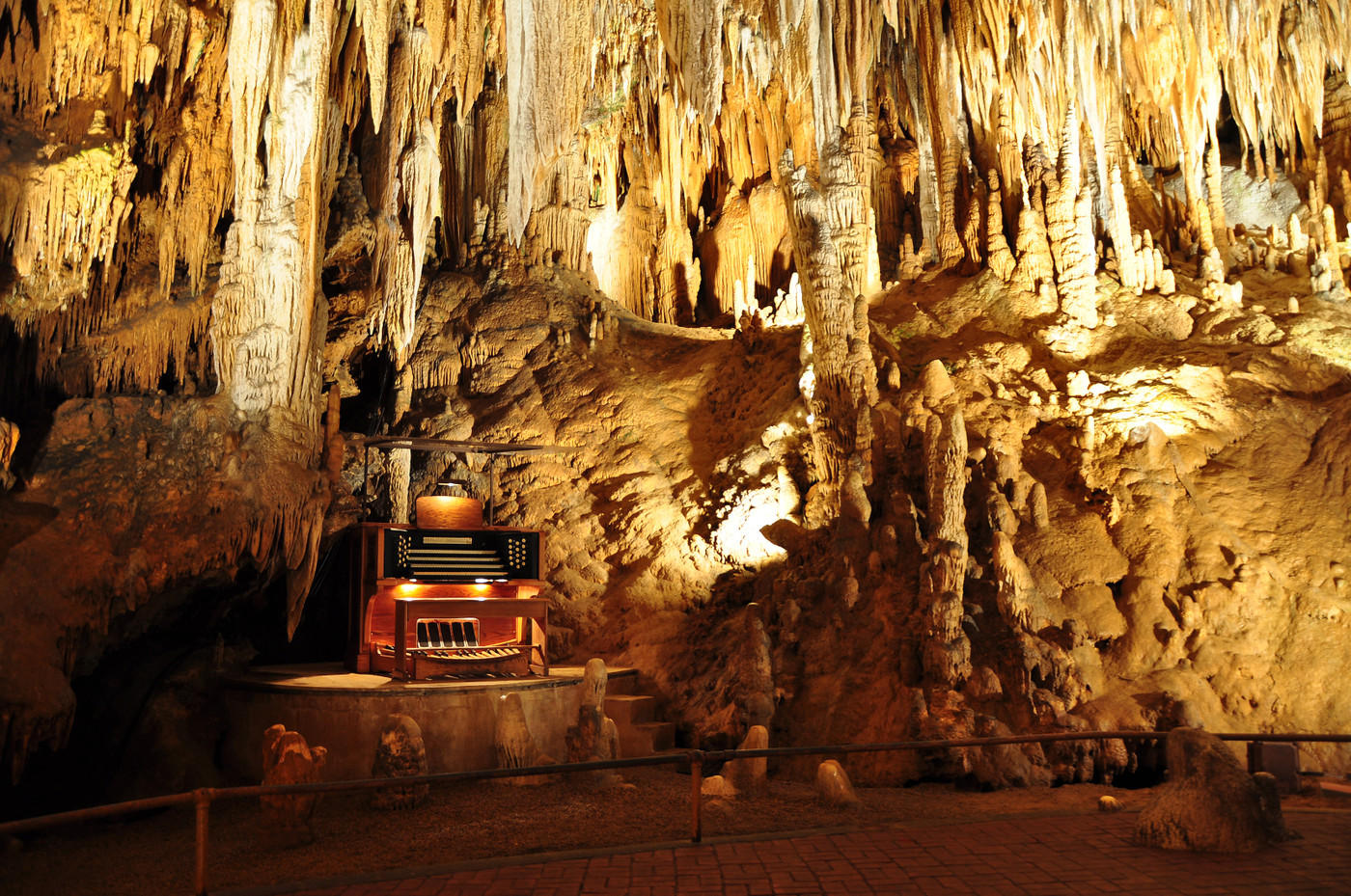
It might be surprising that the world’s largest musical instrument, an organ known as The Great Stalacpipe Organ, is located well below ground in the Luray Caverns in Luray, Virginia (just outside of Shenandoah National Park). The organ uses the mighty stalactites to make incredible music that fills the caverns, which soar up to 10 stories.
Mosquito Bay, Puerto Rico

Located on the southern shore of Viegues, one of Puerto Rico’s islands, is Mosquito Bay, which boasts the brightest bioluminescence in the world, according to the Guinness Book of World Records. Bioluminescence occurs when Pyrodinium bahamense, Dinoflagellates, organisms in the bay, collide with another organism or are shaken, producing a beautiful blue hue. The best time to see this unique travel destination is around the new moon phases when the moon is at its darkest.
Lombard Street, San Fransisco
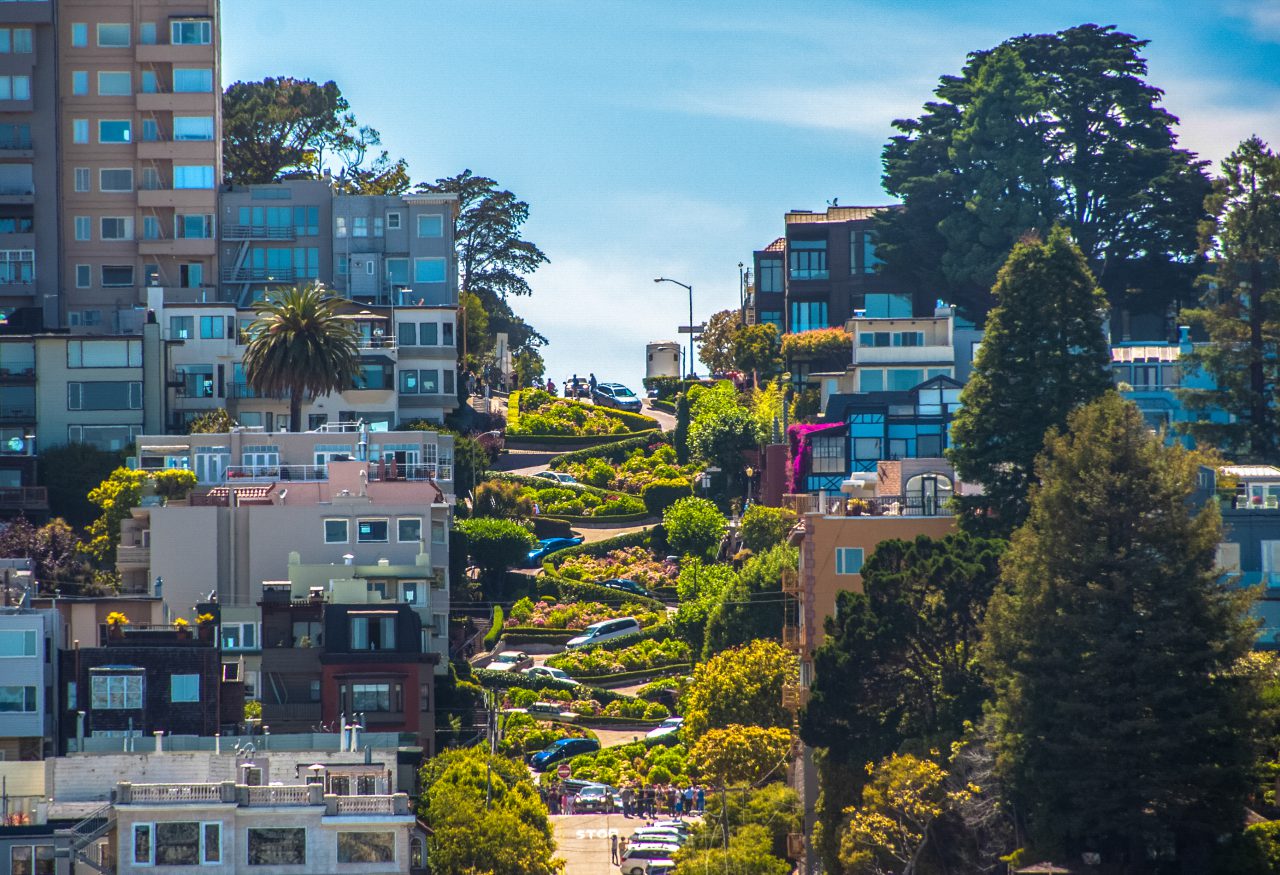
Known as the crookedest street in the world, Lombard Street has eight switchbacks, creating a scenic street-scape that millions of people walk or drive down each year. Technically, this is not the most crooked street (that’s Vermont Street between 20th and 22nd Streets in San Francisco), but Lombard takes the cake for aesthetics. The hairpin turns were added between Leavenworth and Hyde streets in the 1920s to make the road safer.
Yehliu Geopark, Taiwan
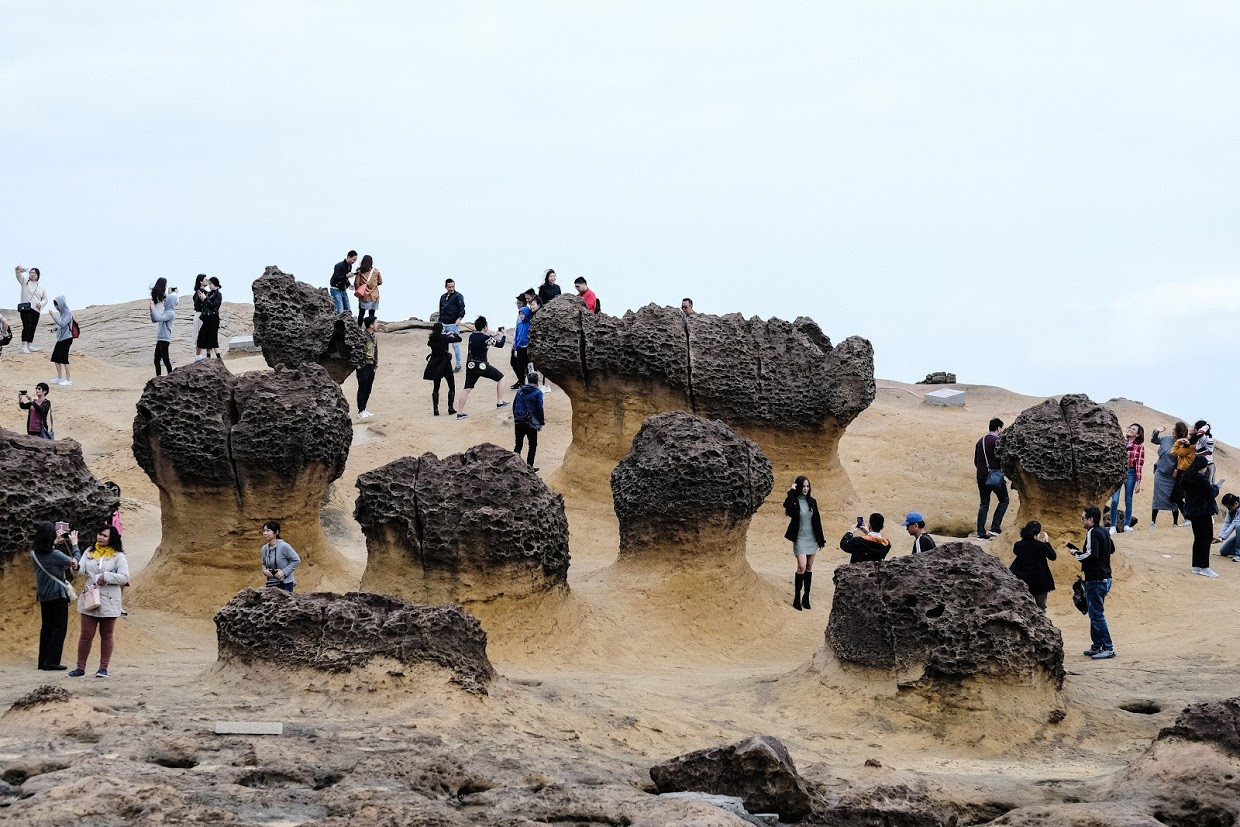
Located on a cape in Wanli, a 45-minute bus ride from Taipei, Taiwan, Yehliu Geopark is a unique sight to behold (and one of the best things to do in Taiwan). Strong winds have forced the amber-colored volcanic rock and shale into odd formations that resemble mushrooms, a queen’s head, a drum stick, a lion’s head, and more.
Pamukkale, Turkey

Folks have been coming to Pamukkale in Southwestern Turkey for its thermal spring water for, well, forever. What makes Pamukkale (the name means Cotton Palace as cotton is grown in the area) remarkable is the travertine terraces that have been formed by the flowing of thermal spring water. While you can no longer step on the travertine terraces at this UNESCO World Heritage Site, you can admire them from a nearby footpath.
Puerto Princesa Subterranean River, Philippines
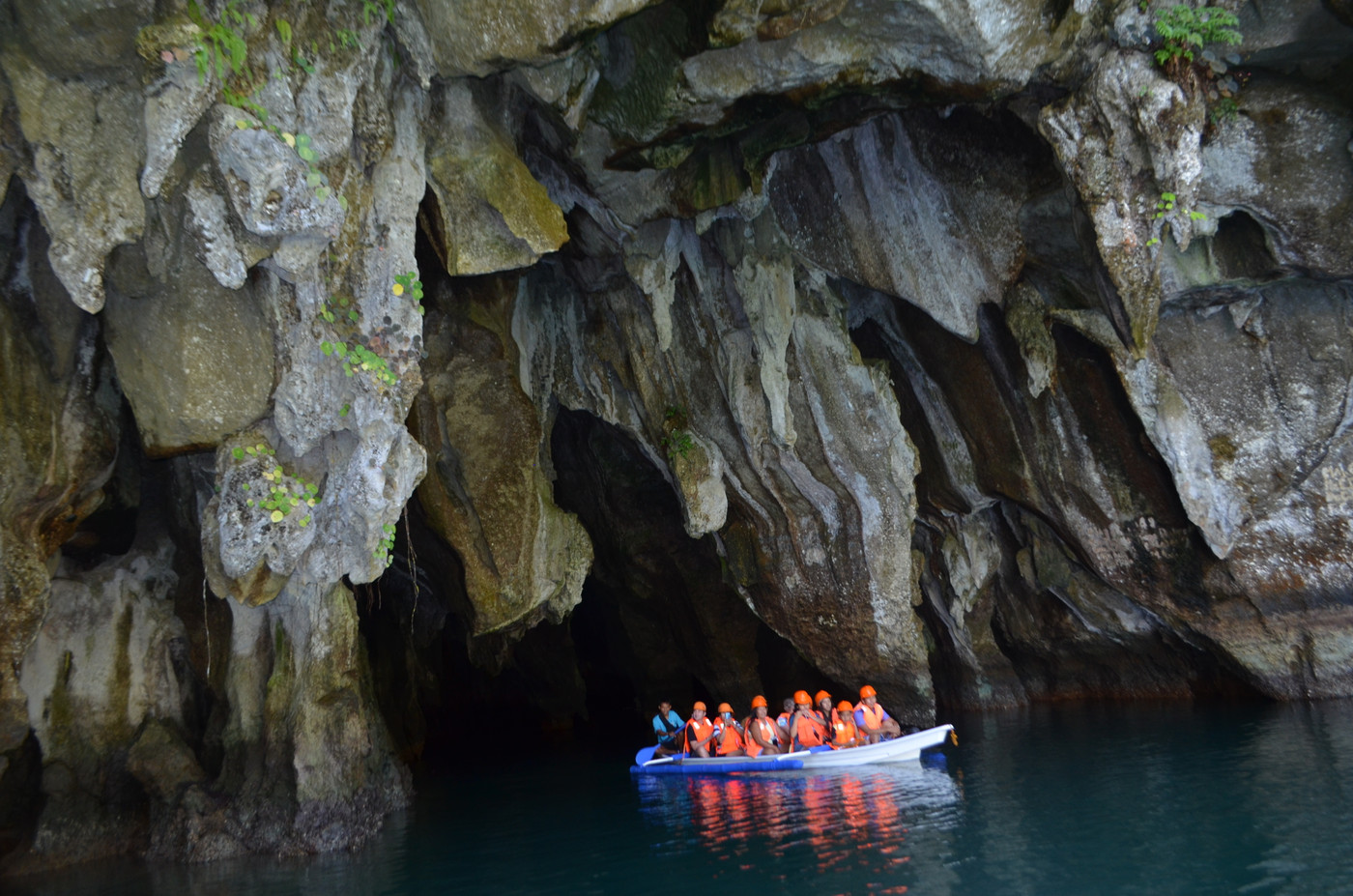
Located within Puerto-Princesa Subterranean River National Park 223 miles southwest of Manila in the southwestern part of the Philippine Archipelago, the subterranean Puerto-Princesa Subterranean River is five miles long and boasts breathtaking views of the park’s limestone karst landscape.
Maui, Hawaii
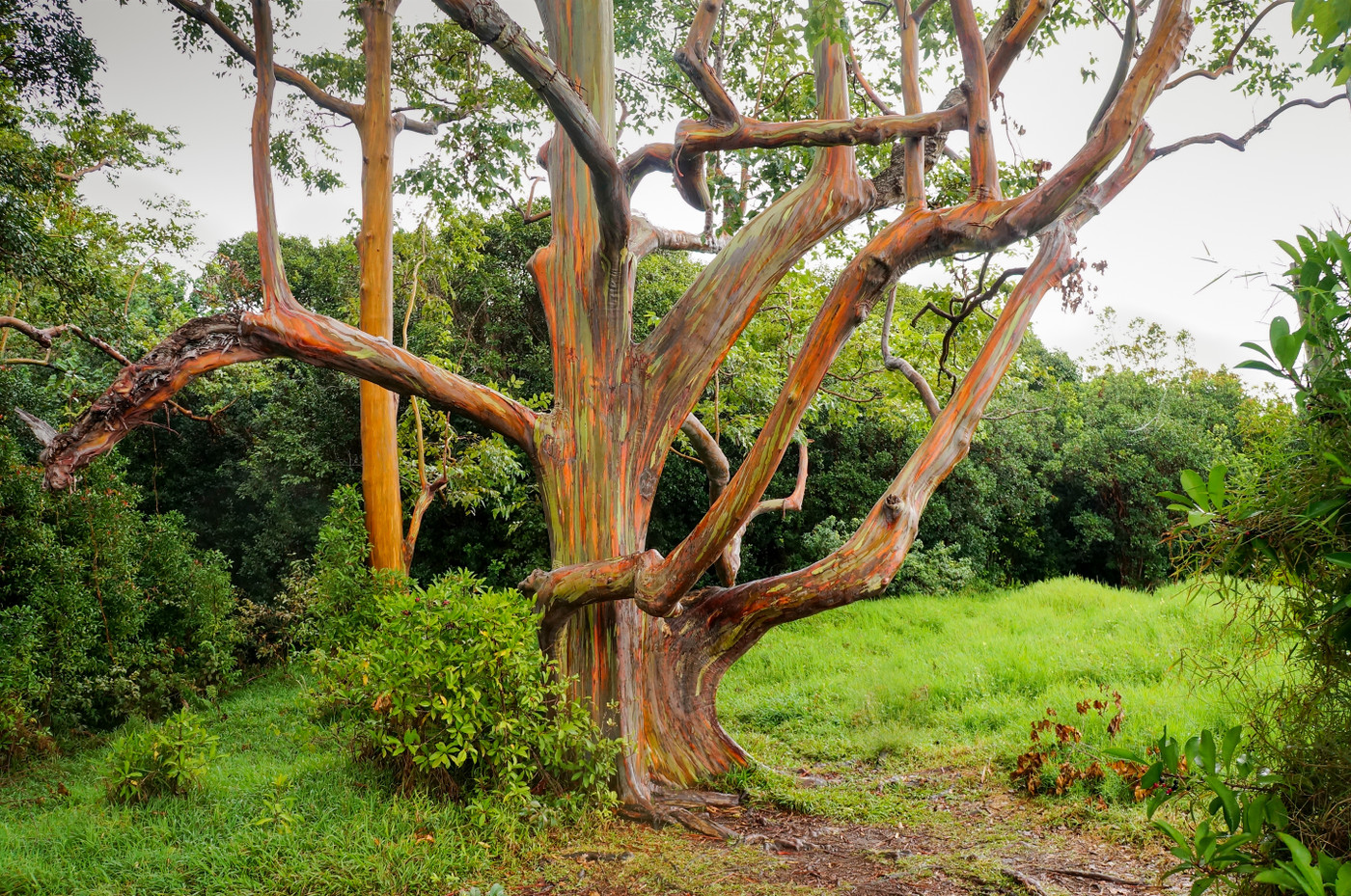
Eucalyptus deglupta trees are distinguished for their colorful bark. The bright stripes are on display when the bark peels off revealing new bark bursting with the colors of the rainbow. Rainbow eucalyptus trees can be found all over Maui, but the most famous place to see this multi-colored wonder is on the Hana Highway at mile marker 7.
Uyuni Salt Flat, Bolivia
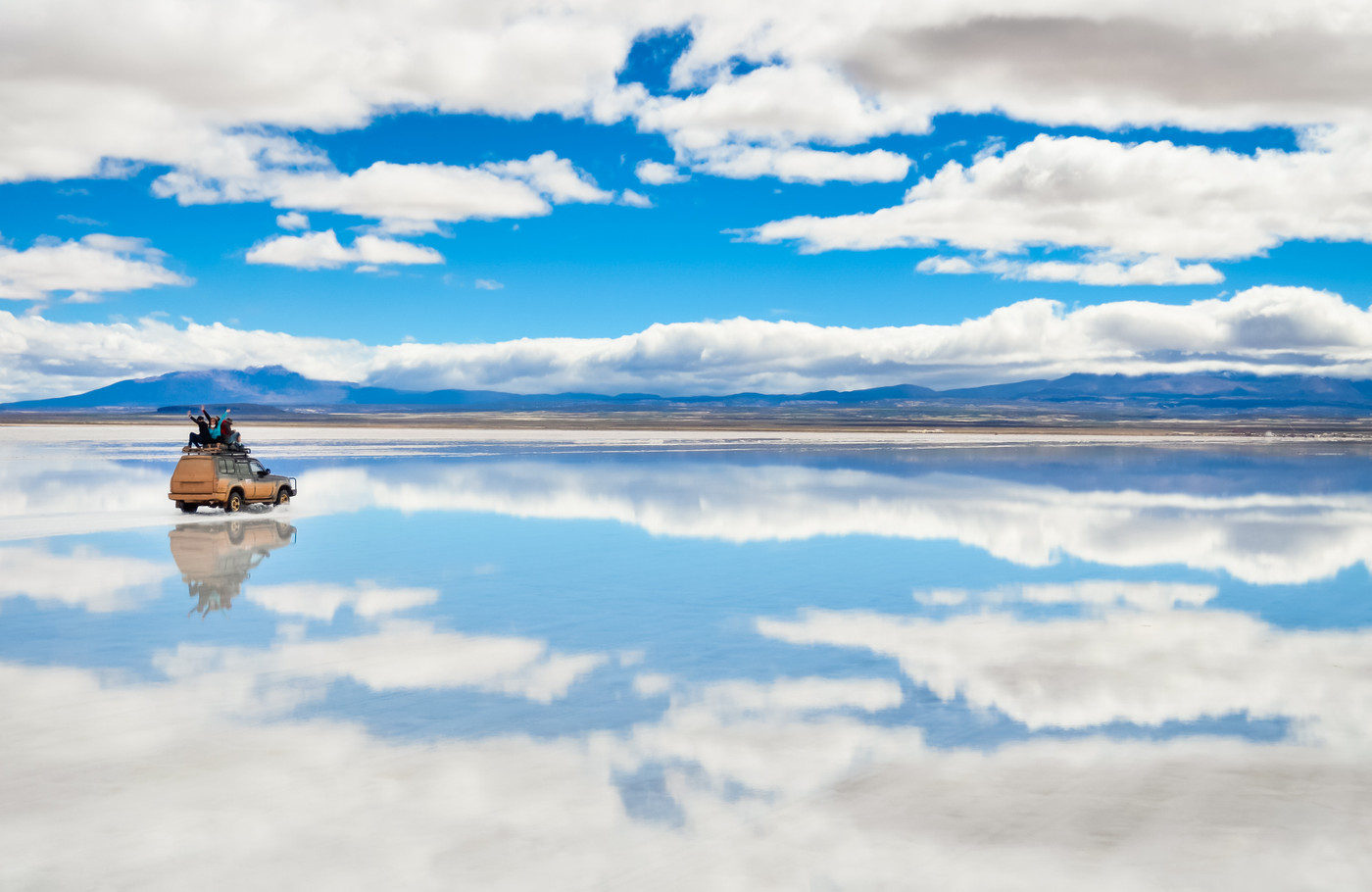
Salar de Uyuni is a sight to behold. It’s worth the trek to see the 4,050 miles of the salt flat, which was formed by prehistoric lakes. While the lakes evaporated long ago, the endless options for Instagrammable photos have not. During the rainy season in December to April, the rain creates a marvelous mirror effect while the dry season from May to November is equally impressive.
Spotted Lake, British Colombia

Located in a desert between Okanagan Valley and Similkameen Valley in British Columbia, Kliluk is a spotted lake that gets its spots thanks to large concentrations of minerals like salt, titanium, calcium, and sulfates. This unique travel destination is also considered a sacred spot as evidenced by cairns that punctuate the landscape surrounding the lake.
Dead Sea, Israel
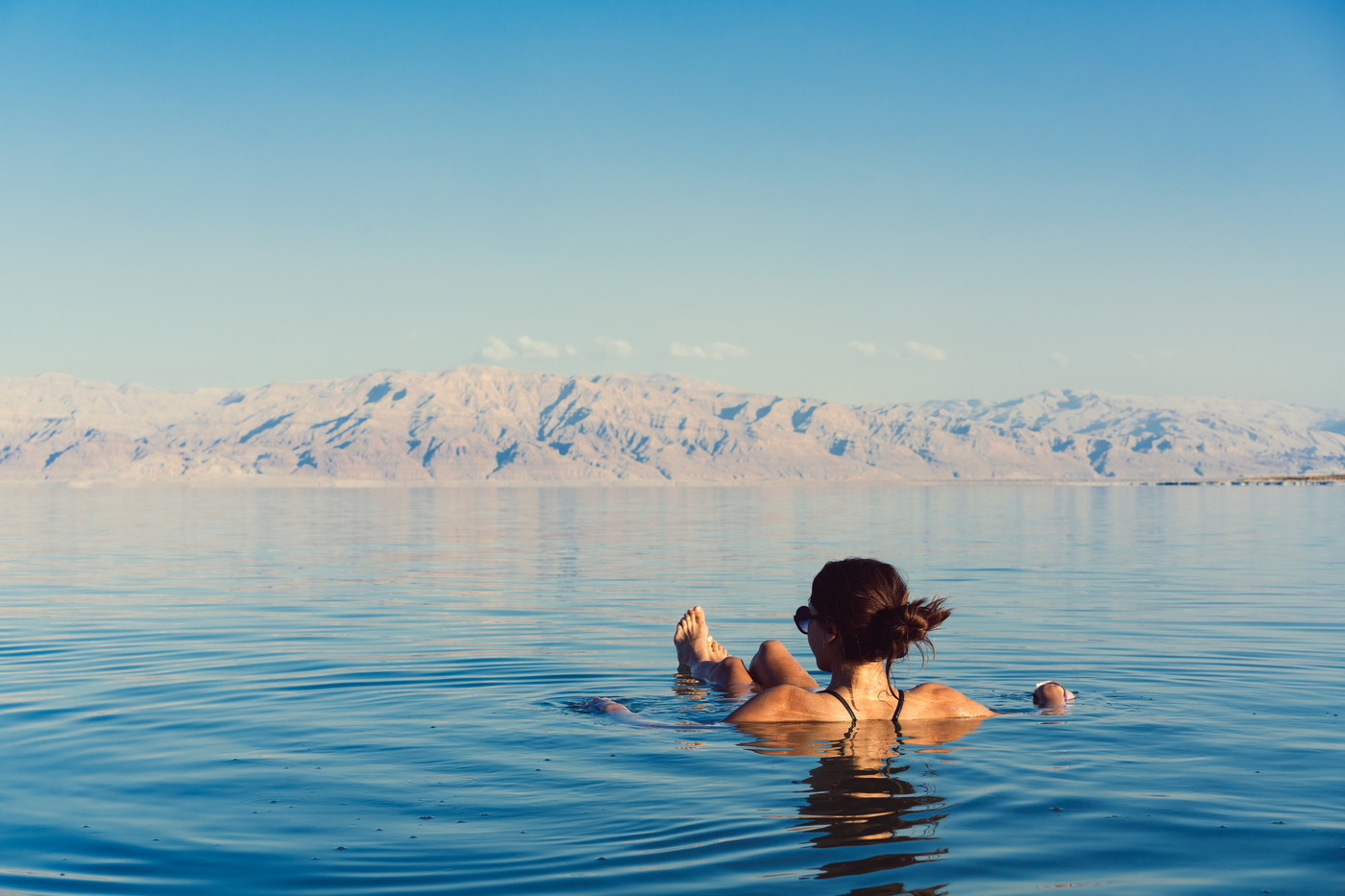
On the border between Israel and Jordan is the Dead Sea: the lowest point on Earth. The “sea” is actually a lake, and its name comes from the fact that there’s so much saline in the water that fish cannot survive. People come here to enjoy the medicinal properties in the salty water and beachgoers revel in the fact that the salt content is so high that swimmers naturally float. This is one of the best things to do in Israel, folks!
Painted Desert, Arizona

Akin to stepping into a painting, the 93,000-acre Painted Desert in Northern Arizona is filled with a rainbow of rocks that range from gray to pink. The Navajo Nation calls much of this desert home with portions stretching from Grand Canyon National Park to Petrified Forest National Park.
The Wave, Arizona
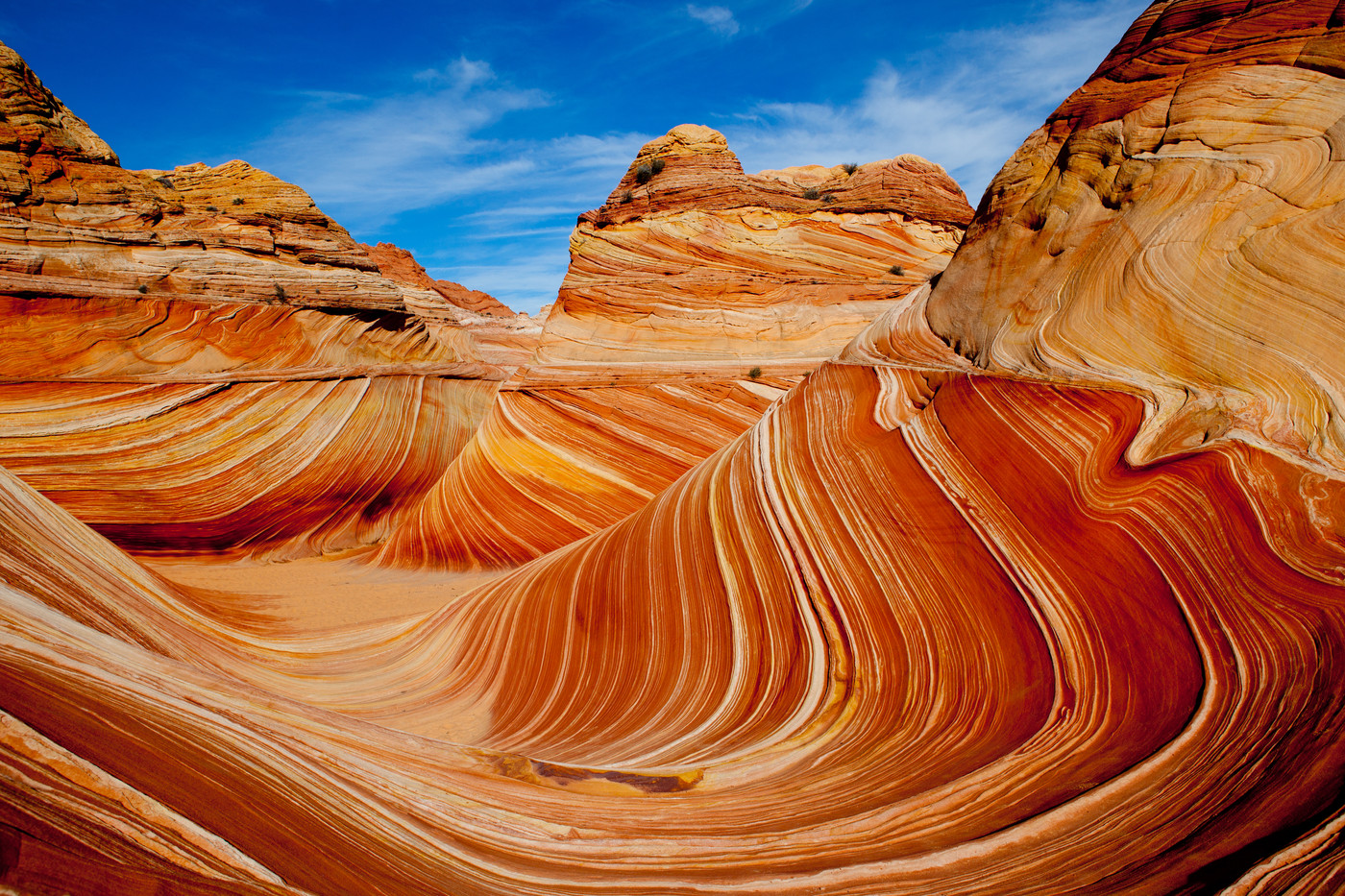
Located on the Arizona-Utah border, The Wave is a sandstone formation created by the wind that resembles a wave. Visitors have to apply for a permit—only 64 people or 16 groups per day are admitted—and hike six miles to see this unique travel destination in Coyote Buttes.
Waitomo Glowworm Caves, New Zealand
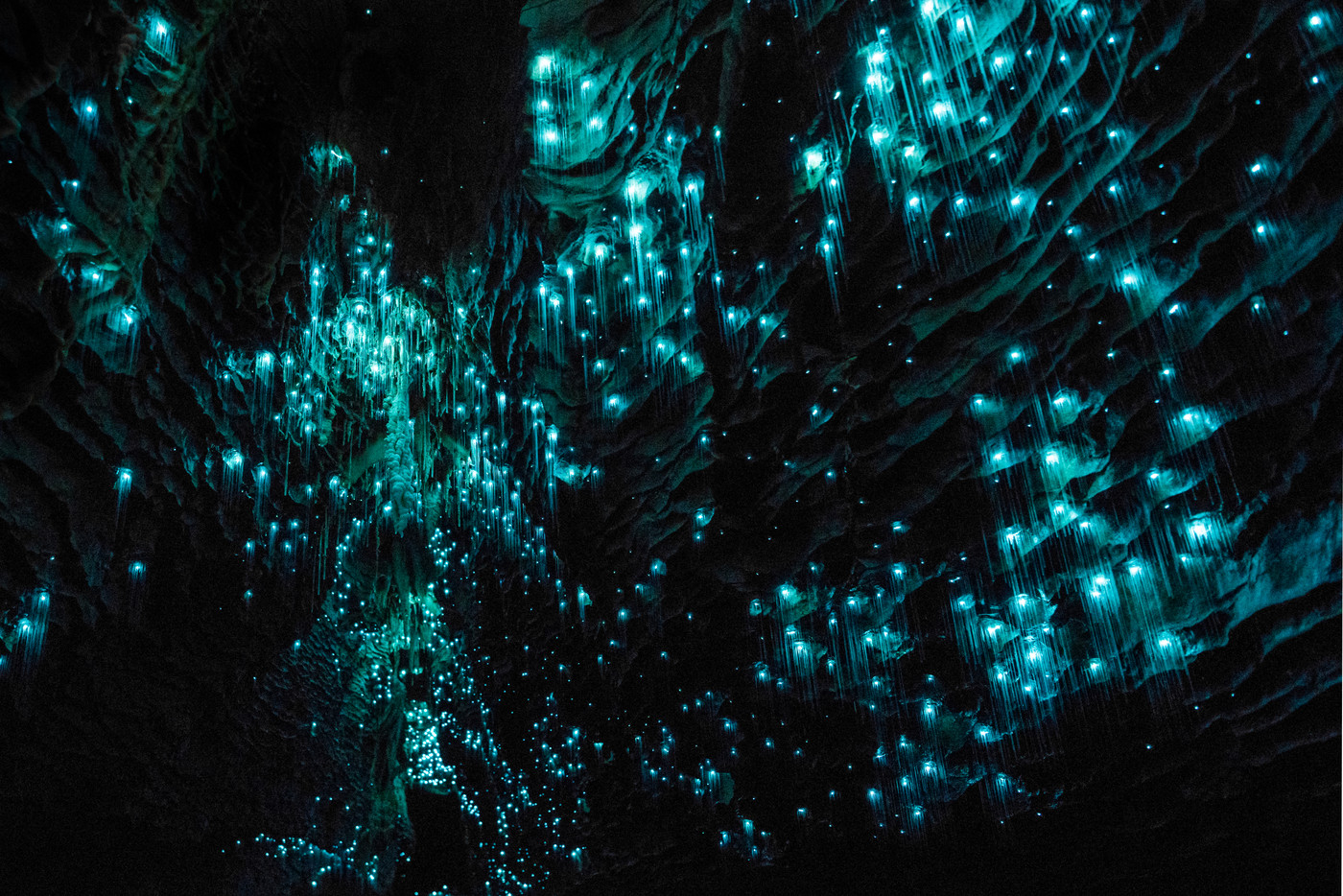
Tens of thousands of quarter-inch-long glowworms call the aptly named Waitomo Glowworm Caves on New Zealand’s North Island home. These bioluminescent beauties, known as Arachnocampa Luminosa, are unique to New Zealand and their glorious glowing lights are on display in the ceiling of these caves, rendering a terrific teal light in this galaxy of glowworms.
Niesen Mountain, Switzerland

Most folks ride the funicular from Mülenen to Niesen to get to the top of the 7,749-foot pyramid-shaped Niesen Mountain, but once a year, the 11,674 stairs—the largest staircase in the world, according to the Guinness Book of World Records—are open to athletes who race to the top during the Niesen-Treppenlauf race.
Caño Cristales, Colombia

Located in Serrania de Macarena National Park, Caño Cristales is famous for its rainbow river. The kaleidoscope effect is due to a type of algae, Macarenia clavigera, that blooms between the wet and dry seasons from late May to late November, but the peak time to admire this unique travel destination is between July and October. The red algae combined with yellow and green sand and blue water create the multi-colored marvel.